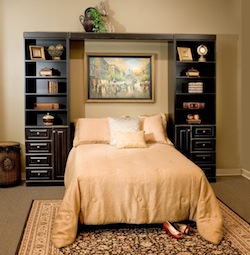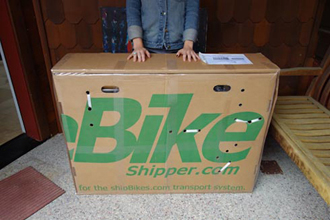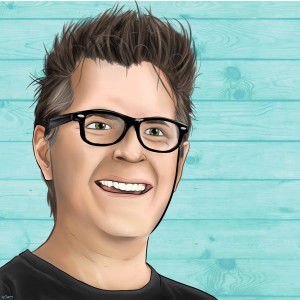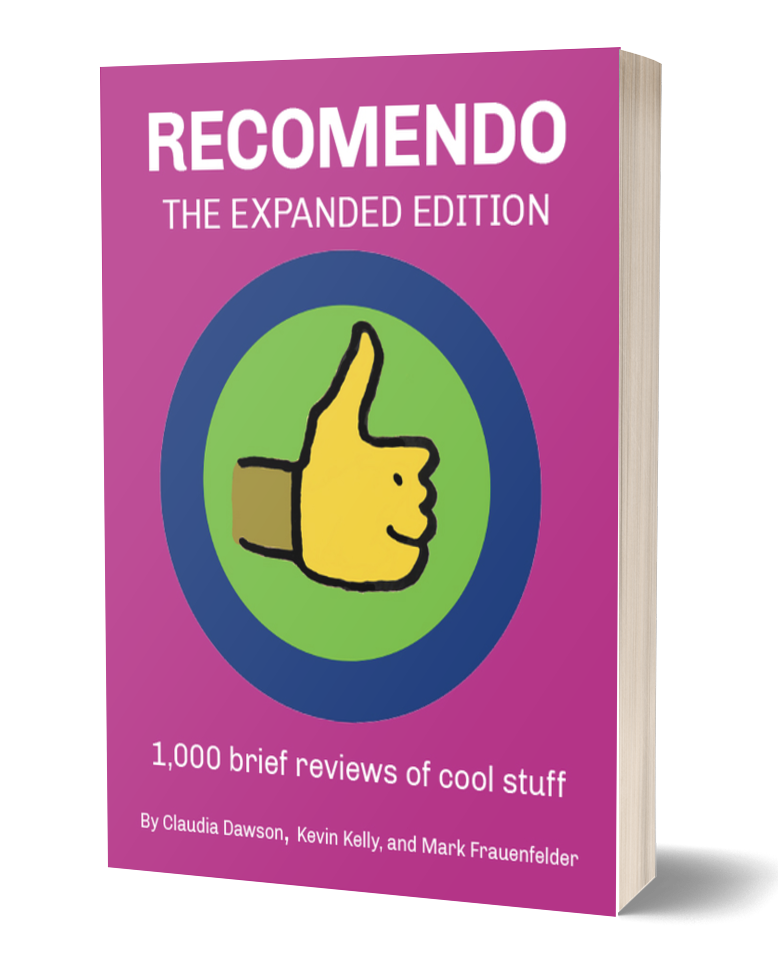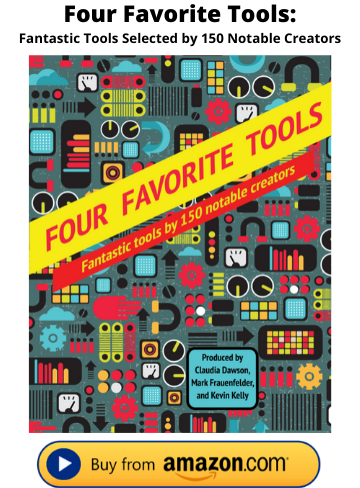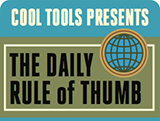09 December 2025
Chihuly on Fire / Cursed Pirate Girl
Chihuly on Fire / Cursed Pirate Girl
GLASS ARTIST DALE CHIHULY PLAYS WITH FIRE AND THE AUDACITY OF BEAUTY
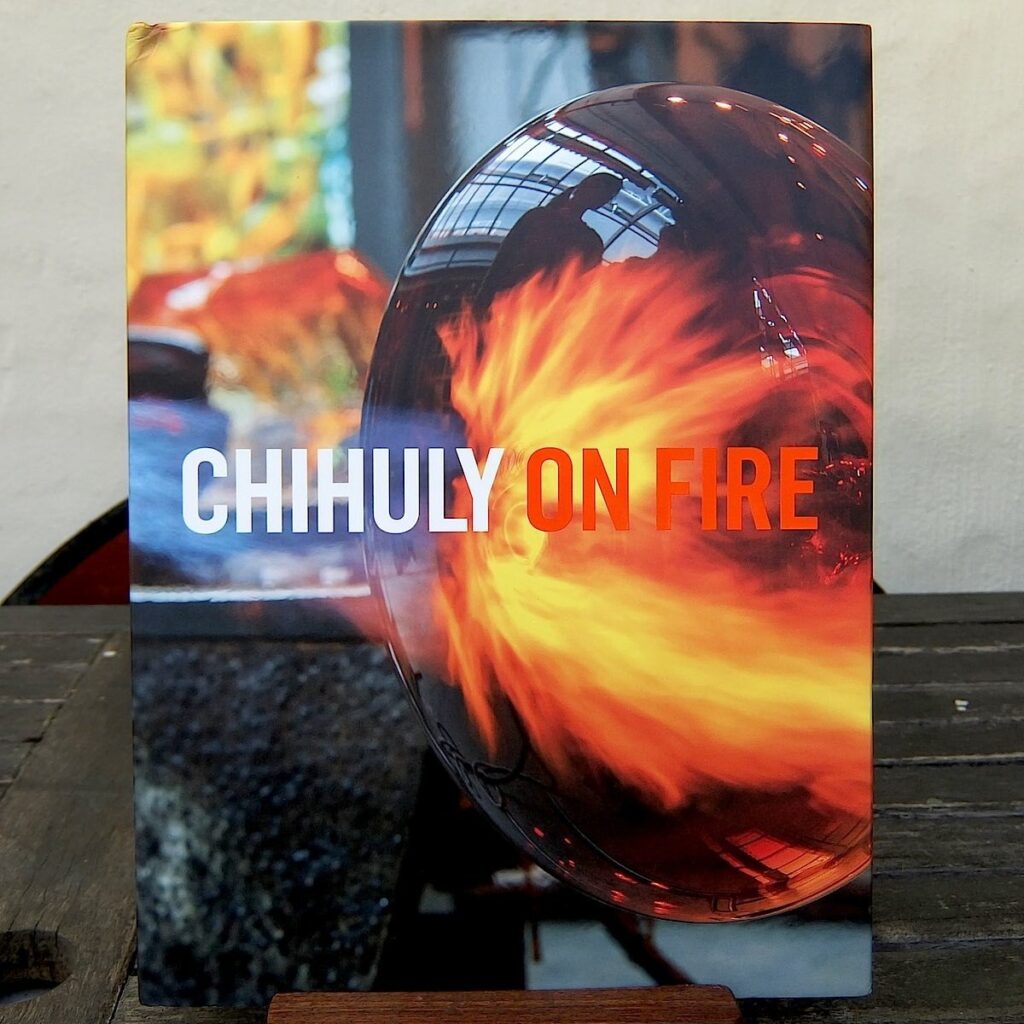
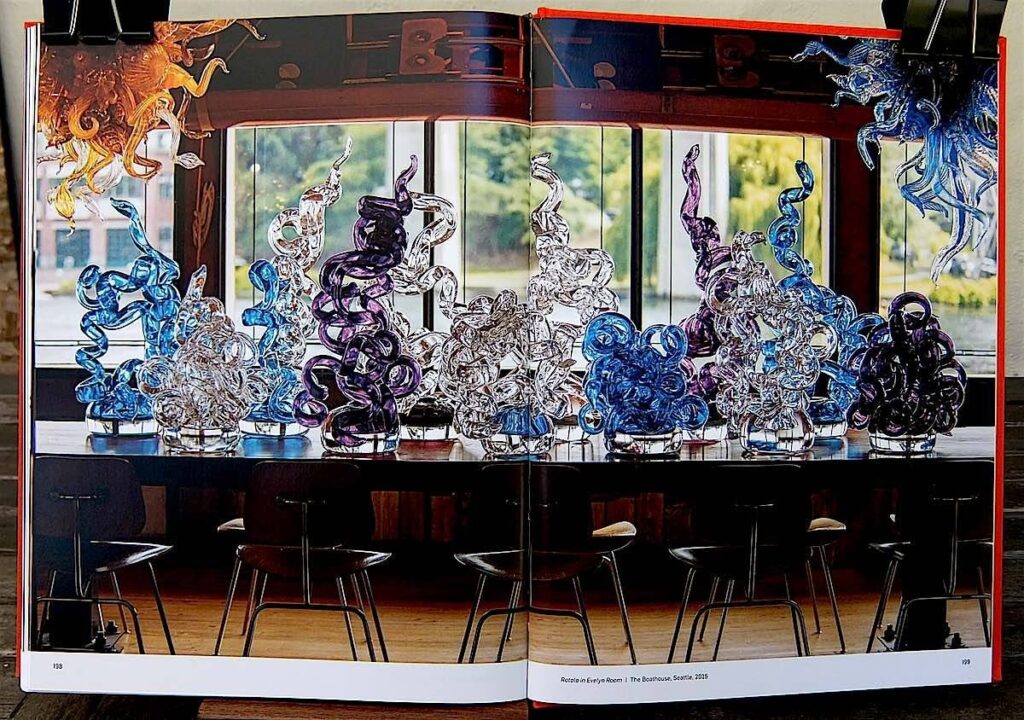

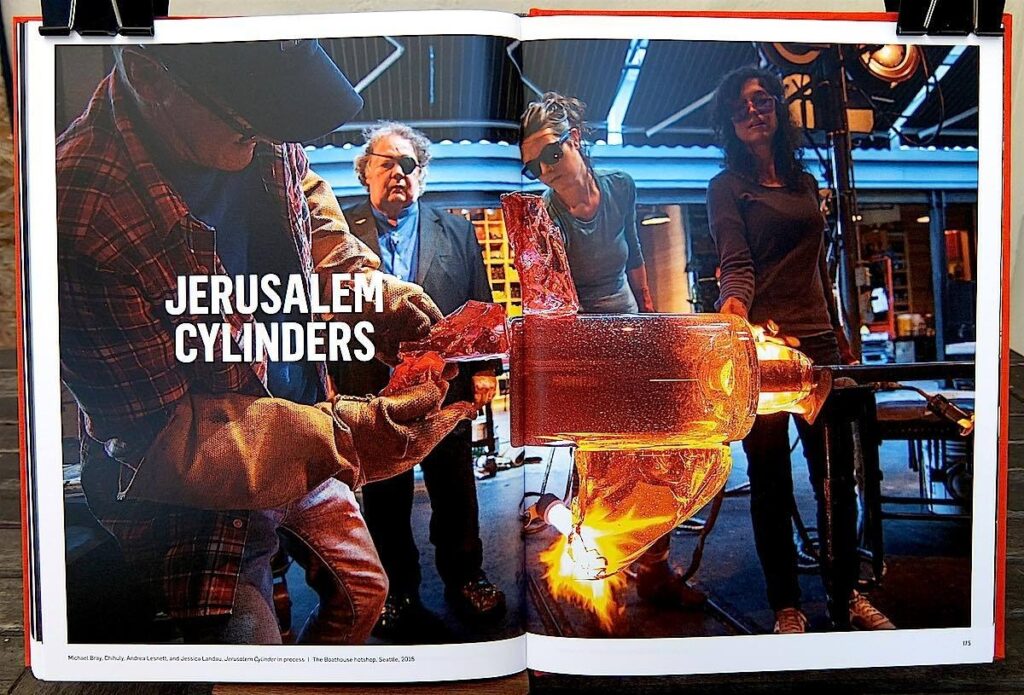
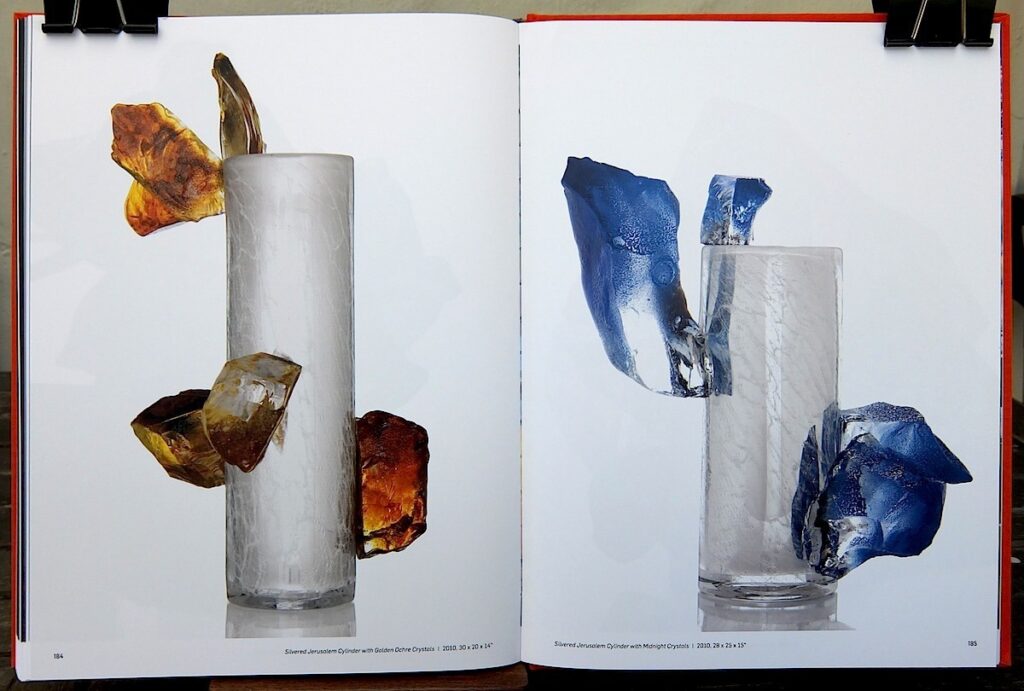
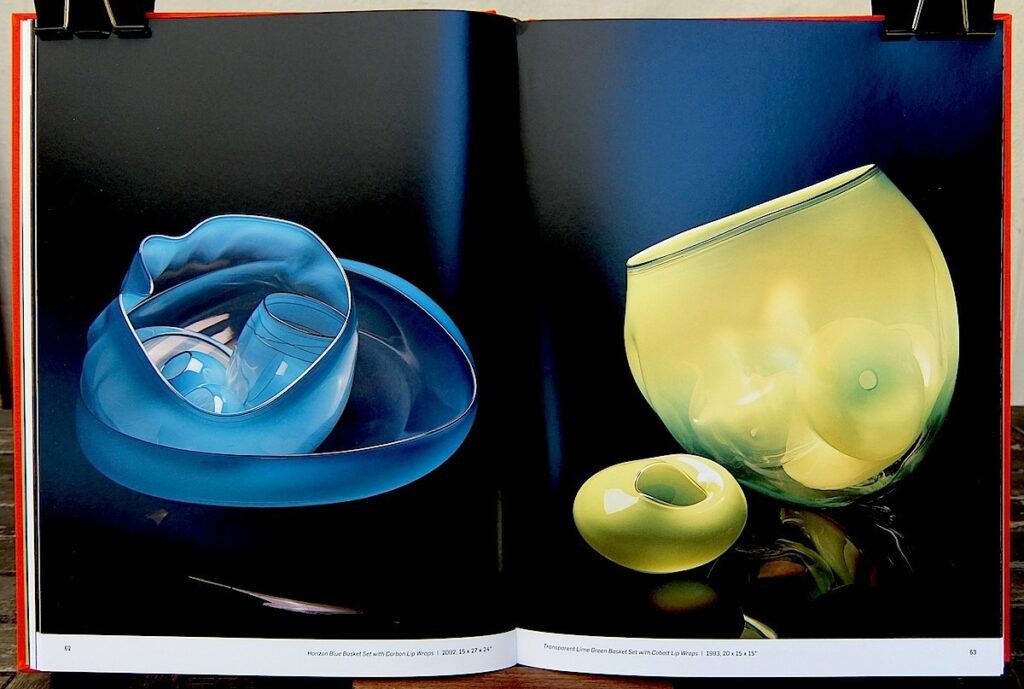
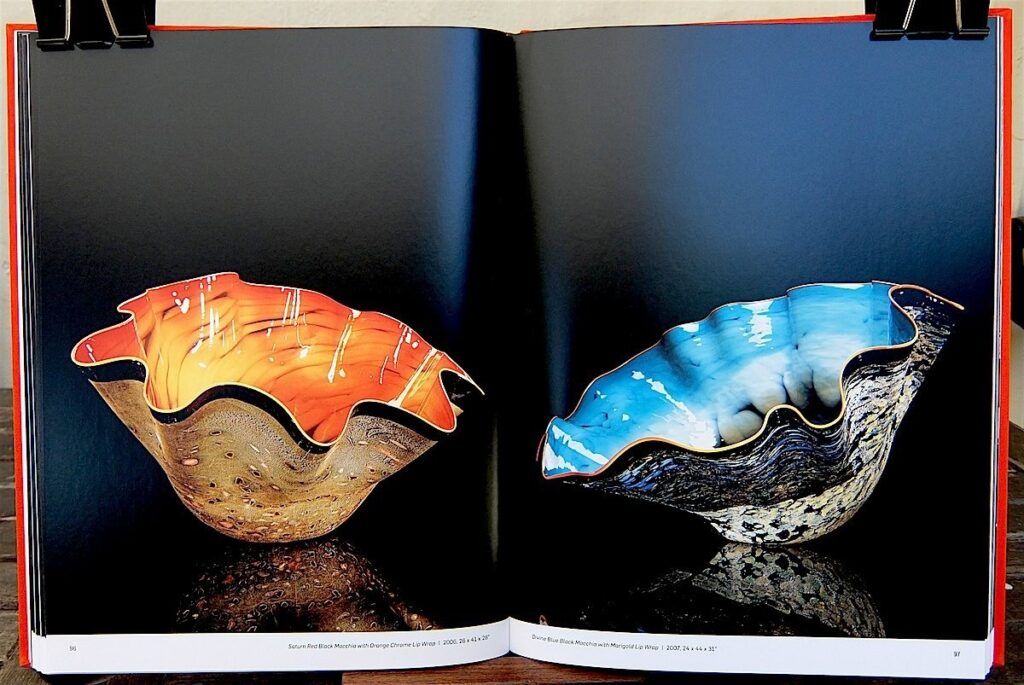
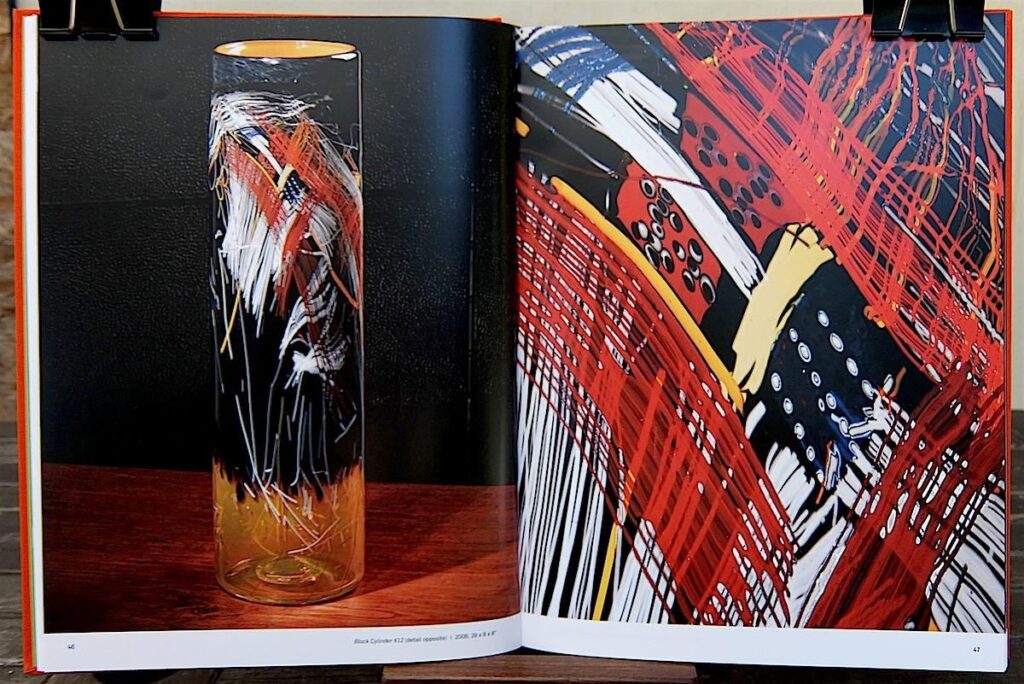
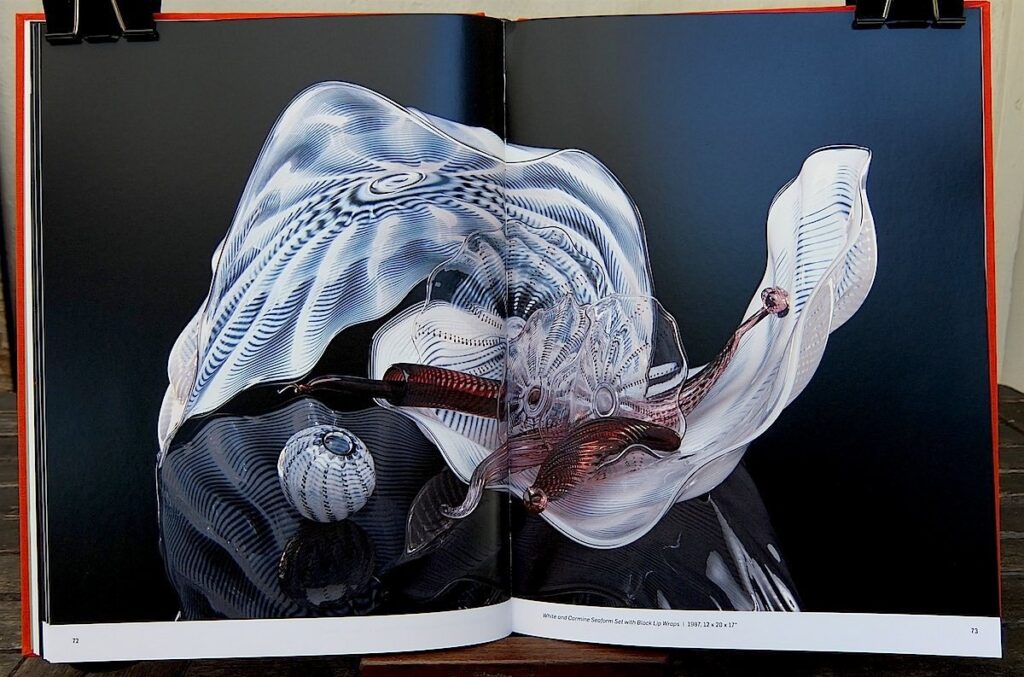
Chihuly on Fire
by Henry Adams (author) and Dale Chihuly (artist)
Chihuly Workshop
2016, 212 pages, 9.3 x 12.1 x 0.9 inches
For several decades now, art critics and casual admirers alike have talked about Dale Chihuly’s art in terms of its forms. Indeed, the artist himself organizes his work largely by their physical shapes, as does his latest self-published coffee-table book, Chihuly on Fire, whose chapter titles range from “Baskets” and “Sea Forms” to “Jerusalem Cylinders” and “Rotolo.” But thumbing the pages of this sumptuous, hardcover volume, and reading the biographical essay by art-history professor Henry Adams, one is struck by the importance of color to Chihuly’s work.
The shift to color began in 1981, when Chihuly and his team of gaffers and assistants produced the first of what would become known as the Macchia series. These often enormous vessels, whose sides were usually folded and deformed, featured solid-color interiors, lip wraps in contrasting hues, and thousands of “jimmies” of pure crushed colored glass, usually set against a background of white glass “clouds.”
Even in his early days, Chihuly’s ambitions for his chosen medium seemed larger than the modest network of glass-art galleries around the country would have the wherewithal to support. By the time his Macchia pieces came along, the so-called craft arts, of which glass art was but one, were allowed to be exuberant and even a bit zany, but they were ultimately expected to exhibit good table manners, to sit uncomplainingly at the kid’s table of the art world. Gloriously and unapologetically garish, Chihuly’s Macchia pieces were a grinning, joyful, and emphatic “fuck you” to all of that. With the Macchia, Chihuly finally shook off the cobwebs of craft, not so much because the pieces pushed the boundaries of technique to ludicrous places – although they certainly did that – but because they pushed what was possible, and politic, with color.
Today, technique remains central to Chihuly’s work, while his teams of artisans have become ever-more adept, as the 2013 photo in Chihuly on Fire of two assistants in helmeted, fireproof space suits preparing to catch a still-glowing piece dramatically shows. To be clear, it’s okay to be impressed by that sort of thing, to get sucked into the spectacle that is Chihuly. After all, lots of artists have made careers of astounding viewers with physical spectacle, as anyone who has walked within the rusty, leaning walls of a curving Richard Serra can attest. In a way, though, Chihuly takes the greater aesthetic risk by being brash enough to demand that his creations are also, well, beautiful. For that, color rather than form has been his most capable collaborator. – Ben Marks
CURSED PIRATE GIRL – A PAGE-TURNER FOR ITS SWASHBUCKLING STORYLINE AND IMAGINATIVE ILLOS
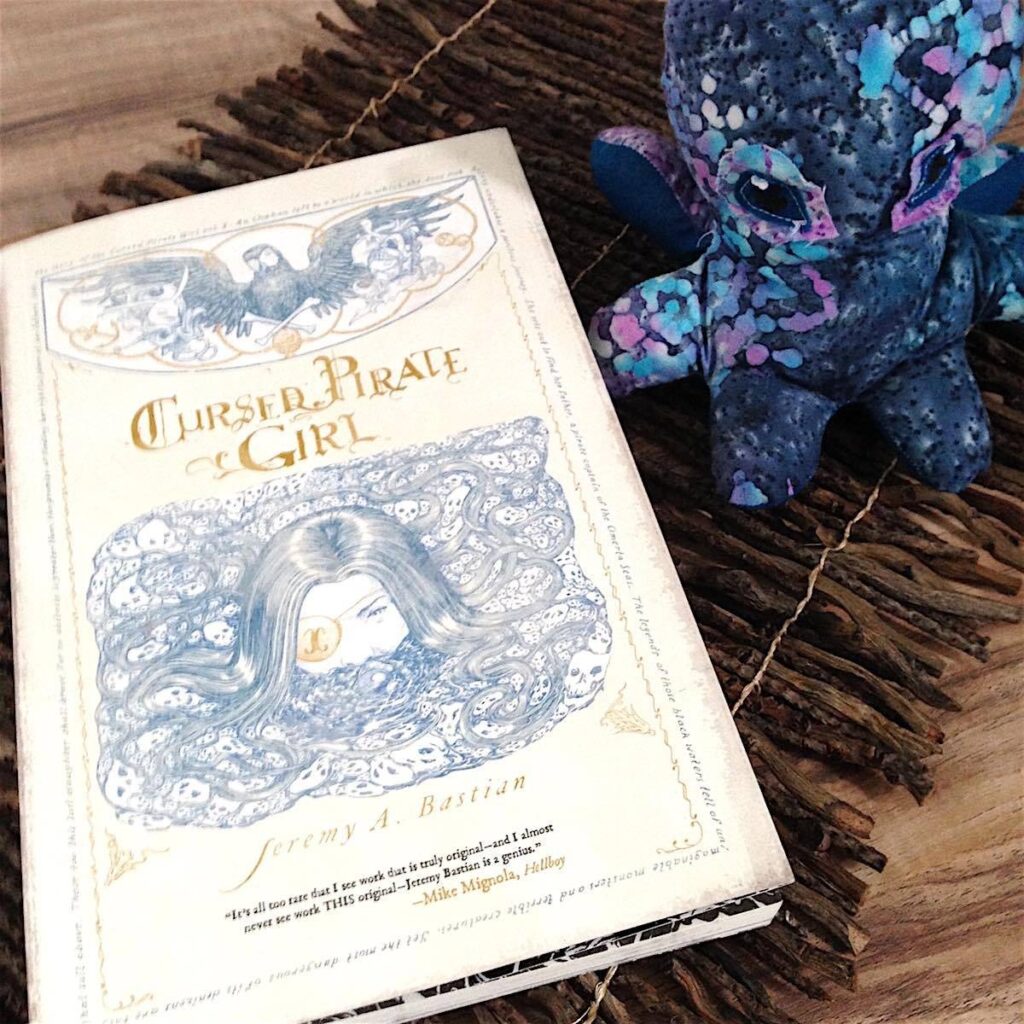

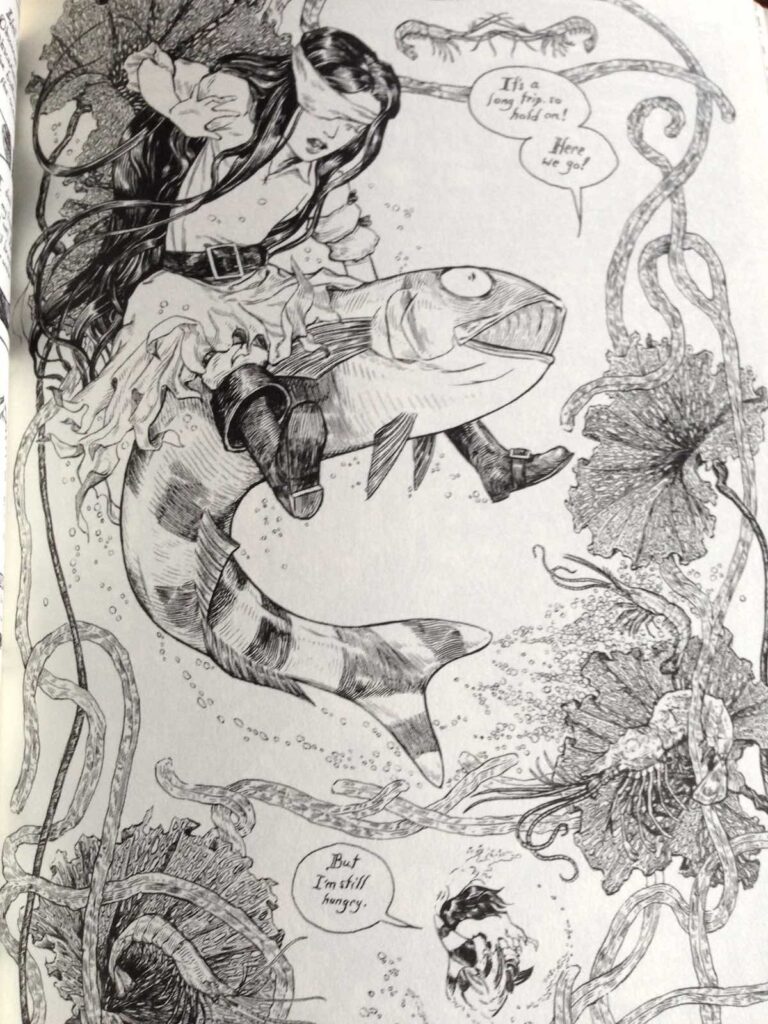

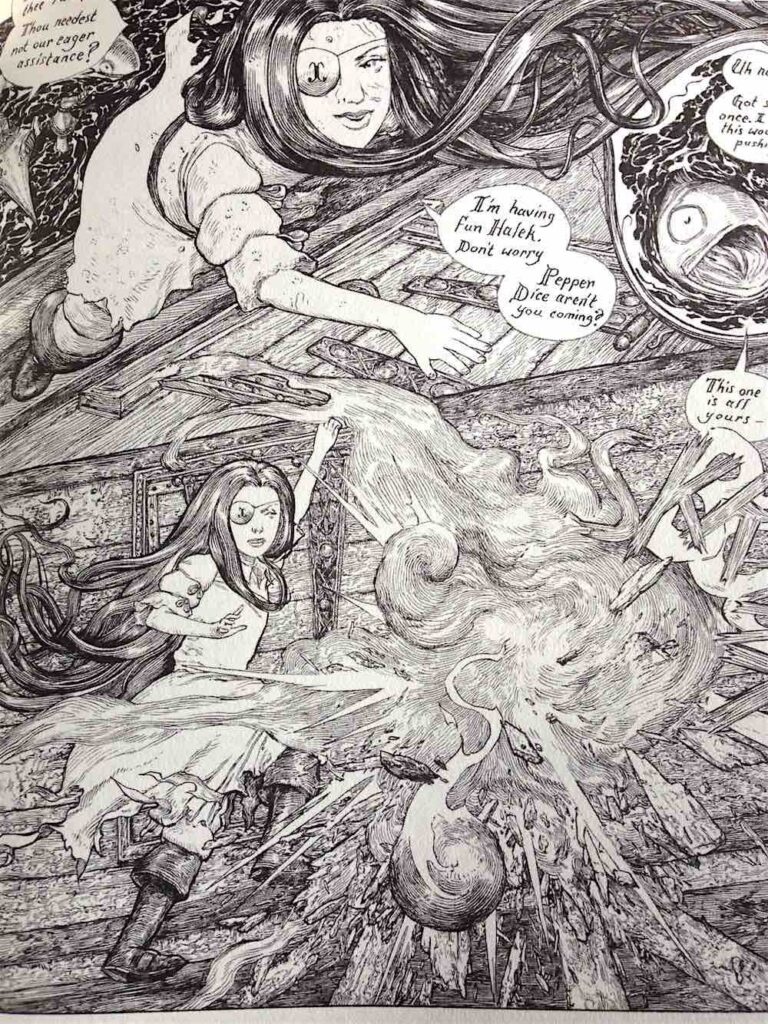
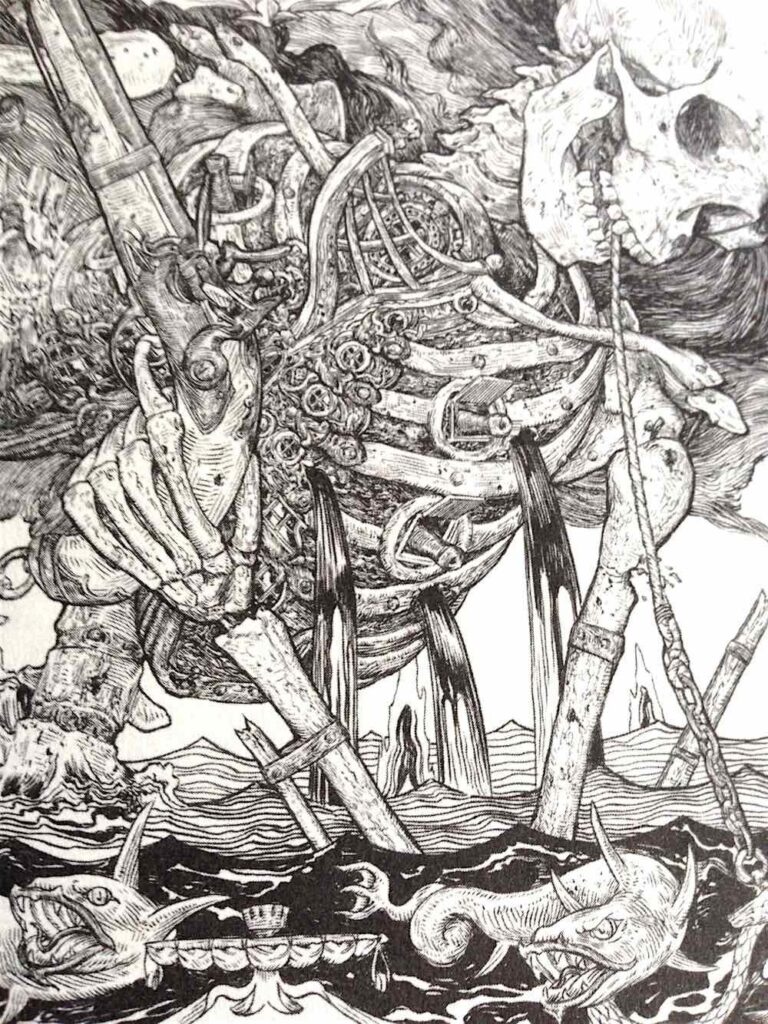
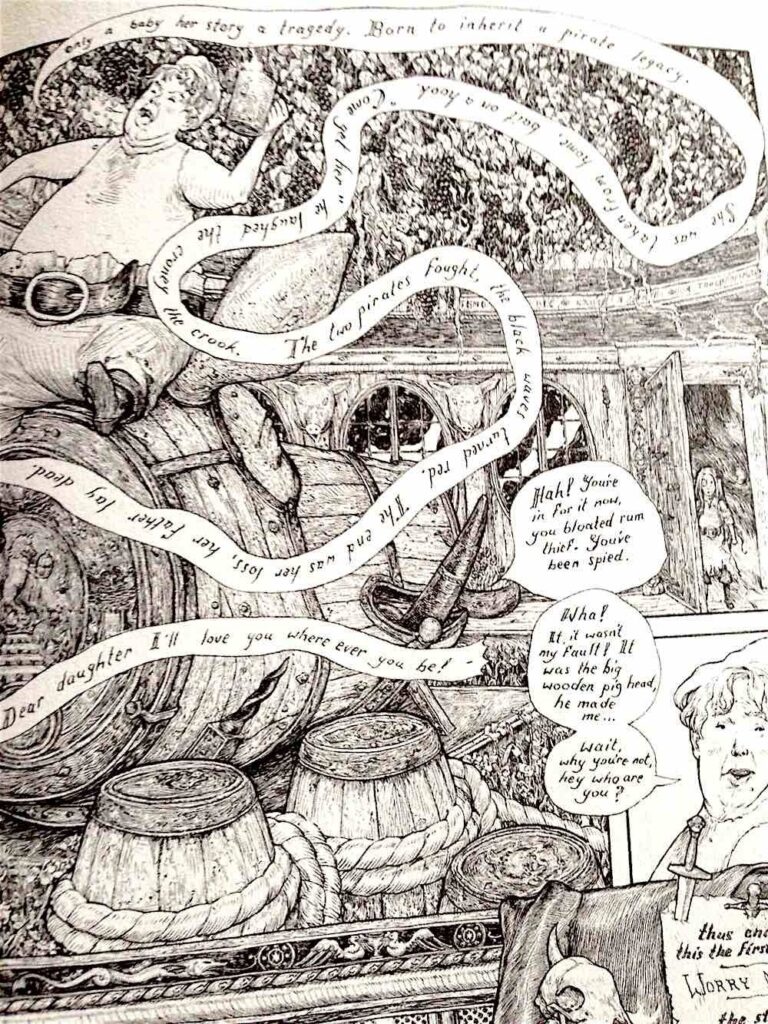
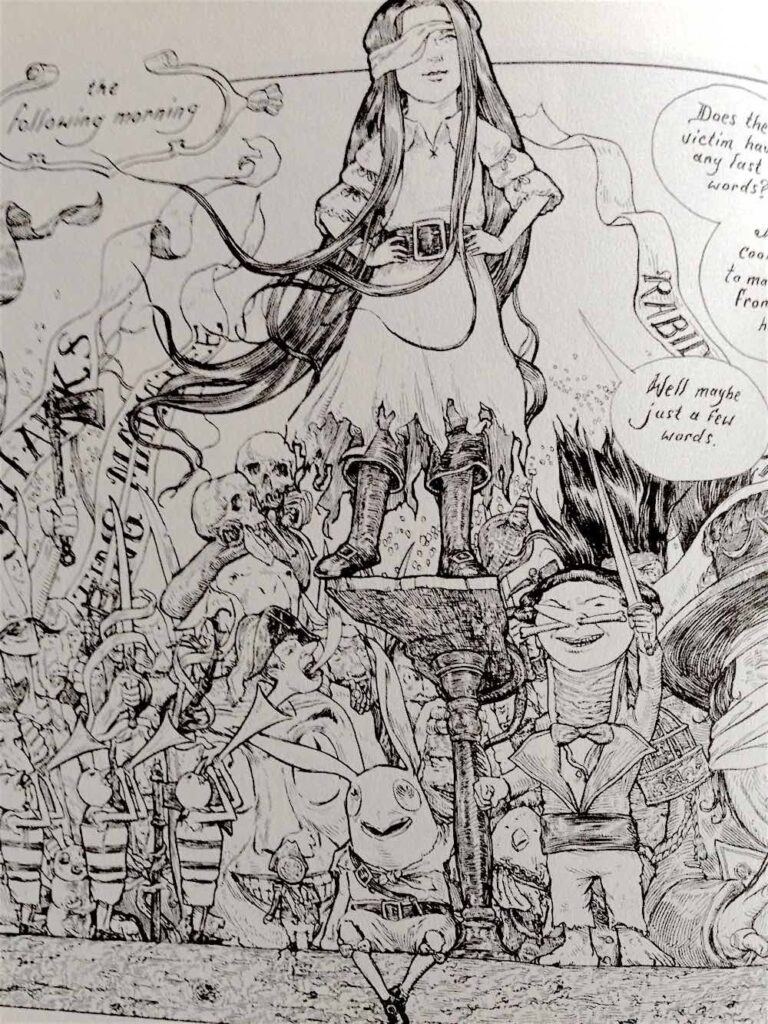
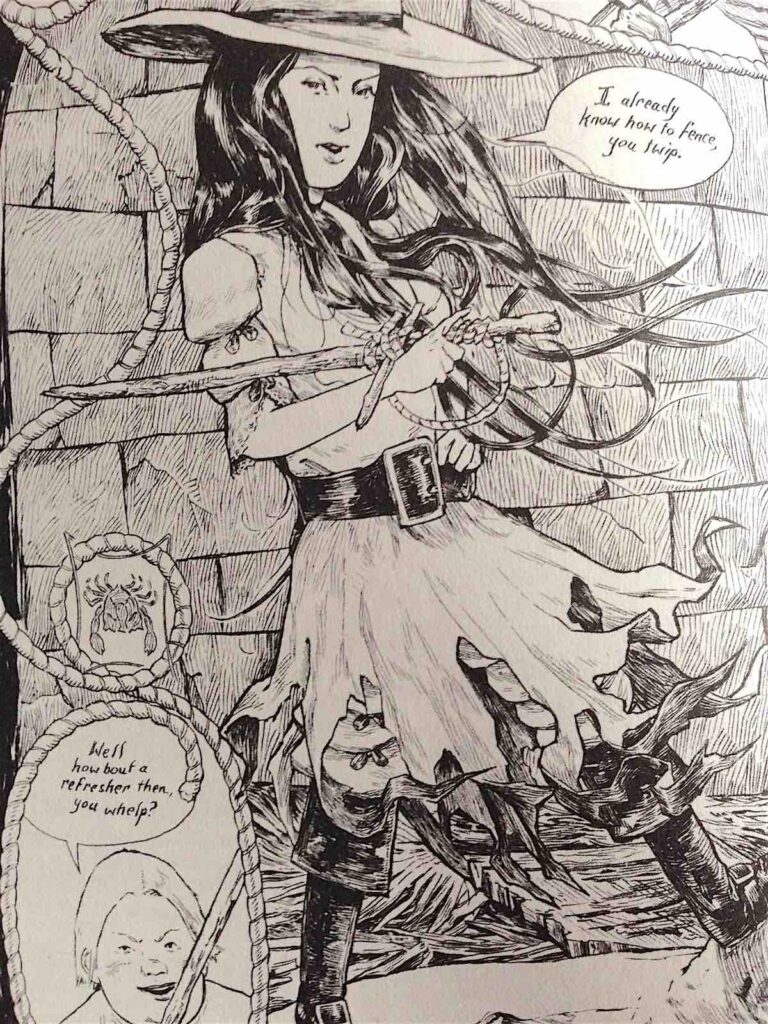
Cursed Pirate Girl
by Jeremy Bastian
Archaia
2016, 144 pages, 6.6 x 10.2 x 0.6 inches (softcover)
Cursed Pirate Girl, released in paperback this year, journeys in search of her missing father through the dangerous waters of the Omerta Seas in this ornate black-&-white graphic novel. An archetypical adventure tale with an odd cast of characters, Cursed Pirate Girl killed a sea witch’s five sons, who then placed an eternal curse upon her. On her journey, Cursed Pirate Girl encounters Apollonia, Apollonia’s haughty caregiver Mr. Six, a royal child with ringlets who suffers from hero-worship, pistol-packing Kildenny, Pepper Dice the talking parrot, Jacob the one-armed cook, sharks, talking skeletons, schools of sardines, armored swordfish, and many, many pirates of all shapes and sizes. She sword-fights, gets kidnapped, becomes locked below deck in a crowded pirate ship, rides an enormous fish, and walks a plank.
Featuring intricate line drawings created with a Yasutomo Grip 500 mechanical pencil and Escoda Series 1212 size 00 sable brush on Bristol paper, each panel bursts to overflowing with entwined octopus tentacles, delicate seaweed, crashing waves of sea spray, smoky cannon fire, grimacing skeletons clad in pirate garb, and churning clouds of winged sea creatures.
My only squabble with Cursed Pirate Girl would be that the print is fairly small, and details in smaller panels are excessively minute, but it’s nothing that a handy magnifier wouldn’t fix. Cursed Pirate Girl is a beautifully illustrated, thrilling adventure tale. It’s a page-turner for its engaging swashbuckling storyline as much as the imaginative illustrations. Marvel at the details. – S. Deathrage
Books That Belong On Paper first appeared on the web as Wink Books and was edited by Carla Sinclair. Sign up here to get the issues a week early in your inbox.
12/9/2508 December 2025
Baby Feed
Tools for Possibilities: issue no. 167
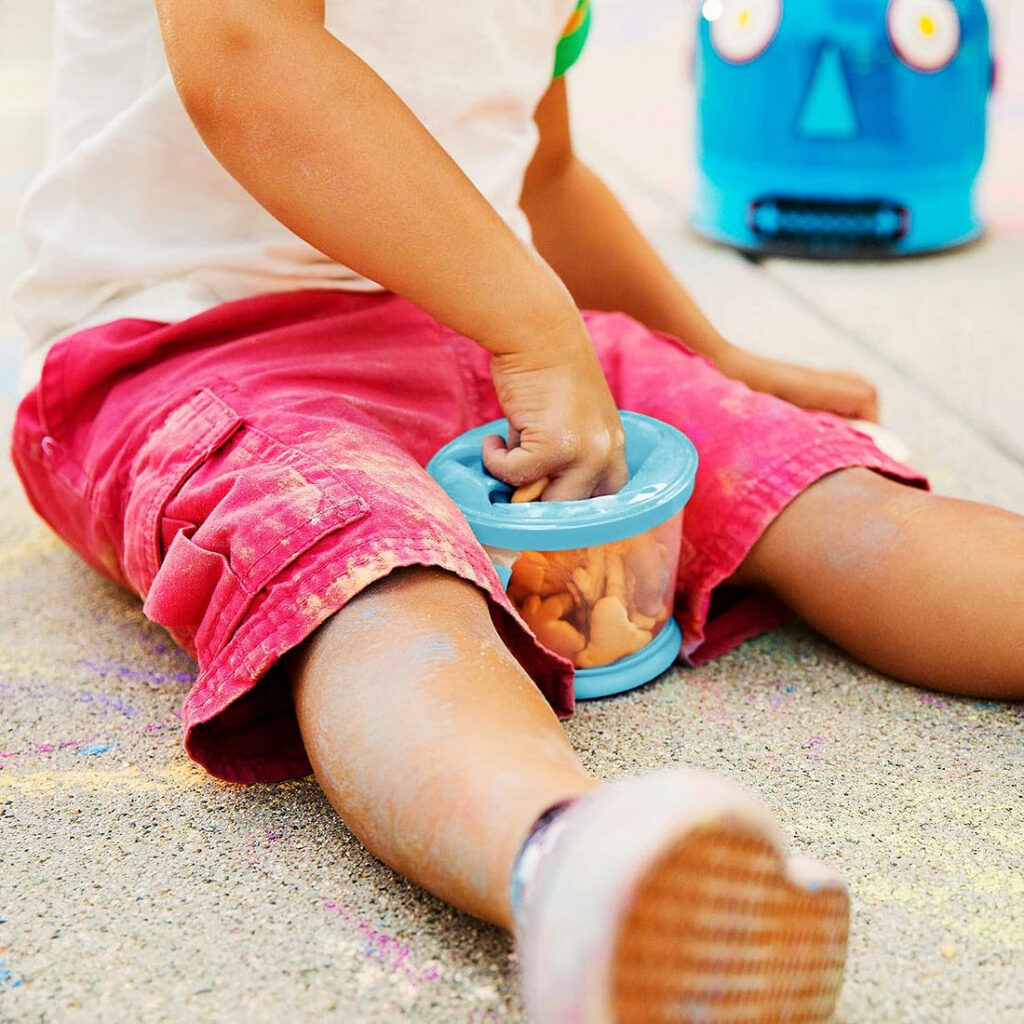
Tidy Snack Dispenser
Anyone with small kids knows about snack catchers; new parents should check them out. These ingenious cups let little fingers in to grab cereal bits, crackers, or dried fruit, etc, but won’t let food out when the cup tips over. The flexible rubbery (BPA free) flaps serves as a one-way gate. Keeps the food clean, car seats and floors tidy, and hungry toddlers satisfied. There are now other competing brands using the same principle. They also come in larger sized containers. —KK
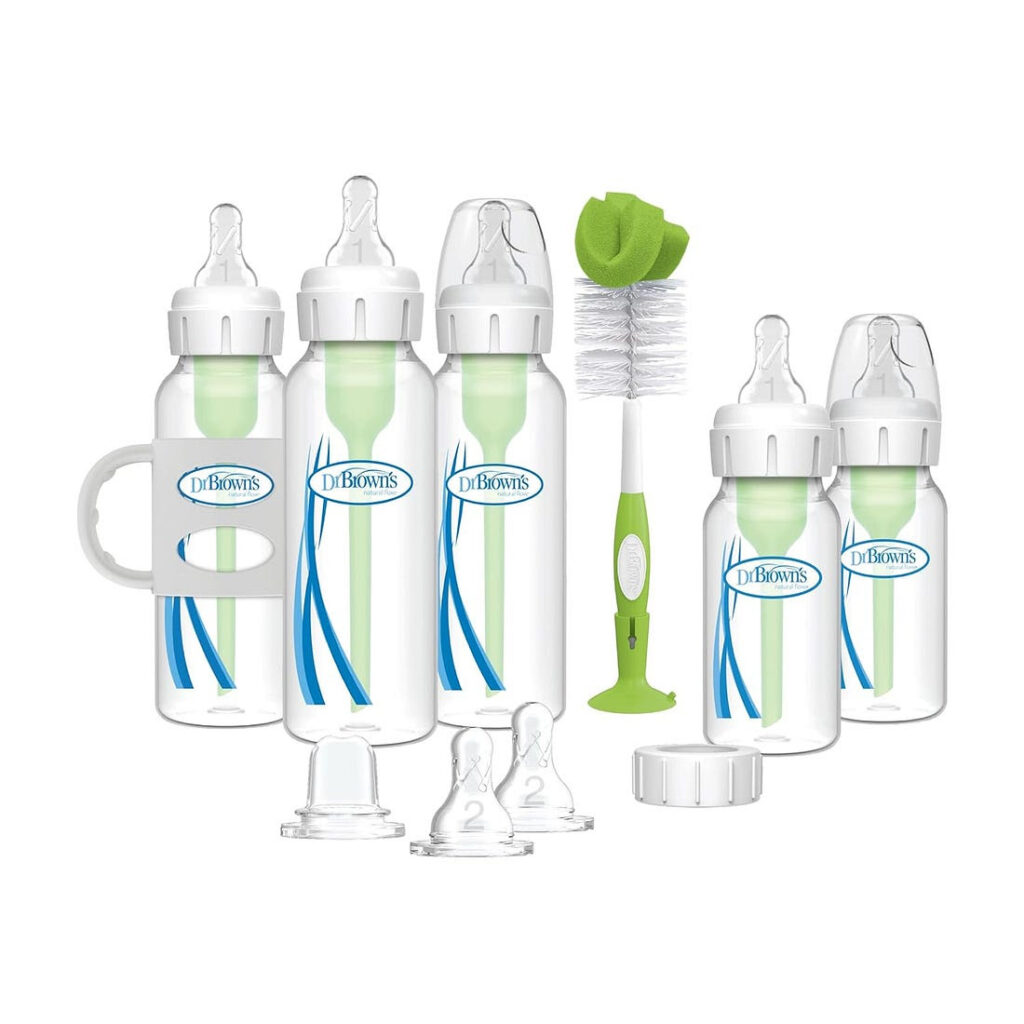
Less air bottle
Even if you intend to exclusively breastfeed your infant, you may find you’ll need to supplement with a bottle occasionally. Or if father is needed to handle feeding duties when mom’s not around, you’ll need a bottle. For those times — or if you are bottle feeding all the way — Dr. Brown’s Baby Bottles are the only bottles you’ll want to use. We found these Bottles to be absolute lifesavers, and have recommended them without hesitation to other new parents who have immediately confirmed our experiences with them: less gas, colic and other feeding-related unpleasantness.
The secret to Dr. Brown’s Baby Bottles, apparently, is the tube system inside — it prevents the infant from swallowing air, which makes for a happier baby (and by extension, happier parents). As baby eats and the bottle drains, the internal tube directs incoming air to above the bottle contents, so the young one’s not working against a vacuum. This is supposed to be easier on their eardrums, too. Make of it what you will, but we’ve managed to avoid the ear-infection boogeyman which seems to hit nearly every other young family we know. Also, unlike similar systems that use collapsing bags to keep out the vacuum, you don’t need to keep a supply of the little bags around.
The only downside I can see to Dr. Brown’s Baby Bottles is that there are more parts to clean – the nipple, ring, rubber disk/valve and rigid tube inside. (The FAQ says you need to use their nipples. We never tried any others when we were using them so I don’t know if you can use others.)
Our kids were about 90% breastfed (the last 2 of our 5 kids didn’t use bottles at all), but we used these bottles extensively when we were sharing feeding duties or had to supplement with formula. A co-worker who tried them on our recommendation came back the very next morning — nearly in tears — thanking me. The bottles are available in 2, 4 and 8 oz. sizes. — James Quinby
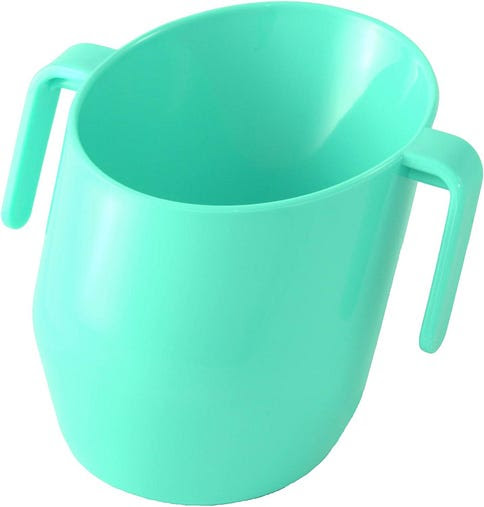
A teaching cup
We discovered this cup when our second child was having problems gulping from a spouted cup or bottle causing her to choke and vomit. A Doidy cup was suggested and it immediately solved the problem, as she could suddenly see what she was doing.
With our third child we have used them since starting him on solids, and they are also much easier for the parent or caregiver who is feeding the child to see what they are doing. I even hear good reports of this being used to top a newborn up with milk whilst breastfeeding is still establishing. A fantastic, if simple, idea. And they come in lovely jolly colours too; my son is particularly fond of his pink one! — Nathalie Marshall
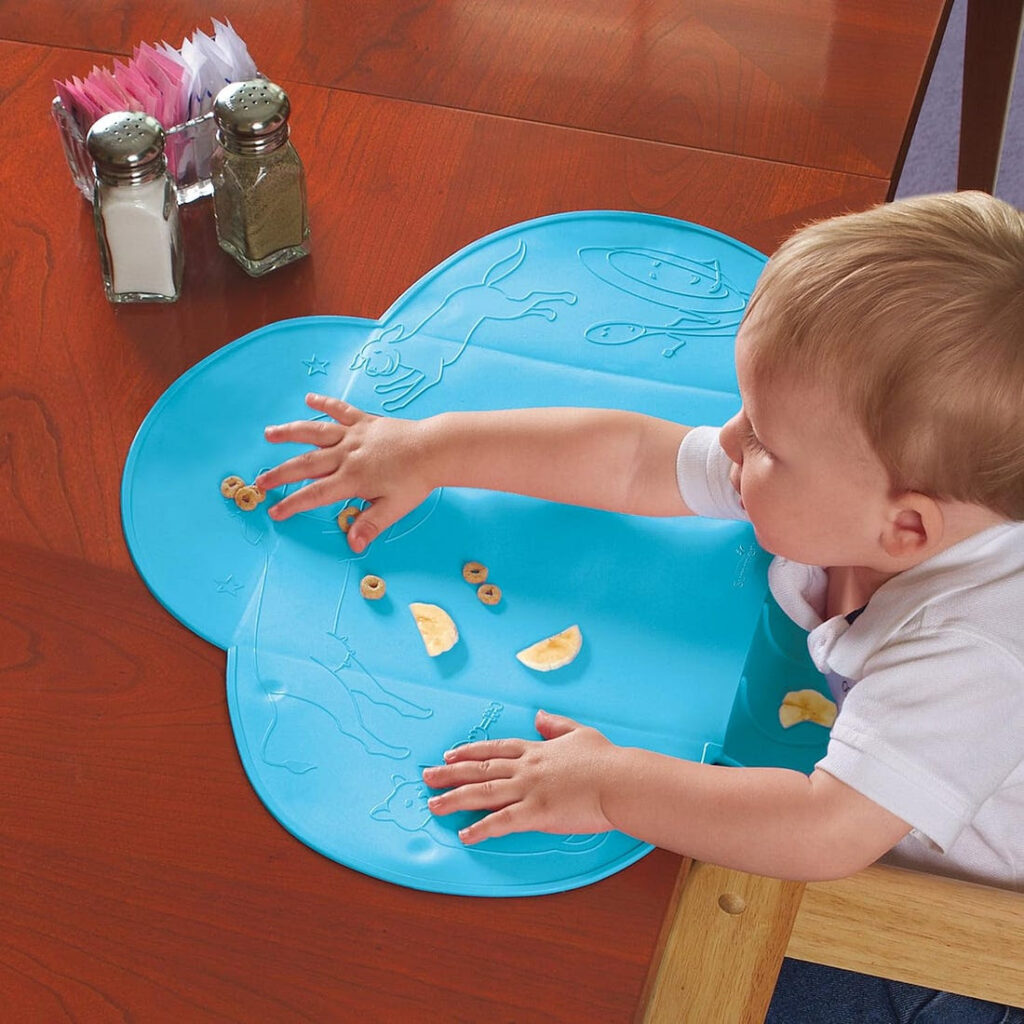
Rollable, portable kid’s placemat
I am a grandmother who enjoys taking her grandchildren out to eat. Many times I’ve wanted to push the booster seat or high chair (without the tray) up to the table, cut the food up, and serve it to my grandchildren on the table with me. This tiny diner placemat covers the table and provides a clean eating surface that also catches spilled food, and has been my favorite take along tool.
It rolls up and fits in my purse, washes off easily, and helps me control the cleanliness of my grandchildren’s eating surfaces. I have seen disposable models, however they do not have the trough for spilled food, and are not re-useable and therefore more expensive. I have used this mat for 2 years, and take it with me anywhere I take my grandkids.
[This mat is made out of a material called Thermoplastic Elastomer (TPE) and is a non-latex, non-PVC, non-phthalate, non-BPA material.] — Constance Smith
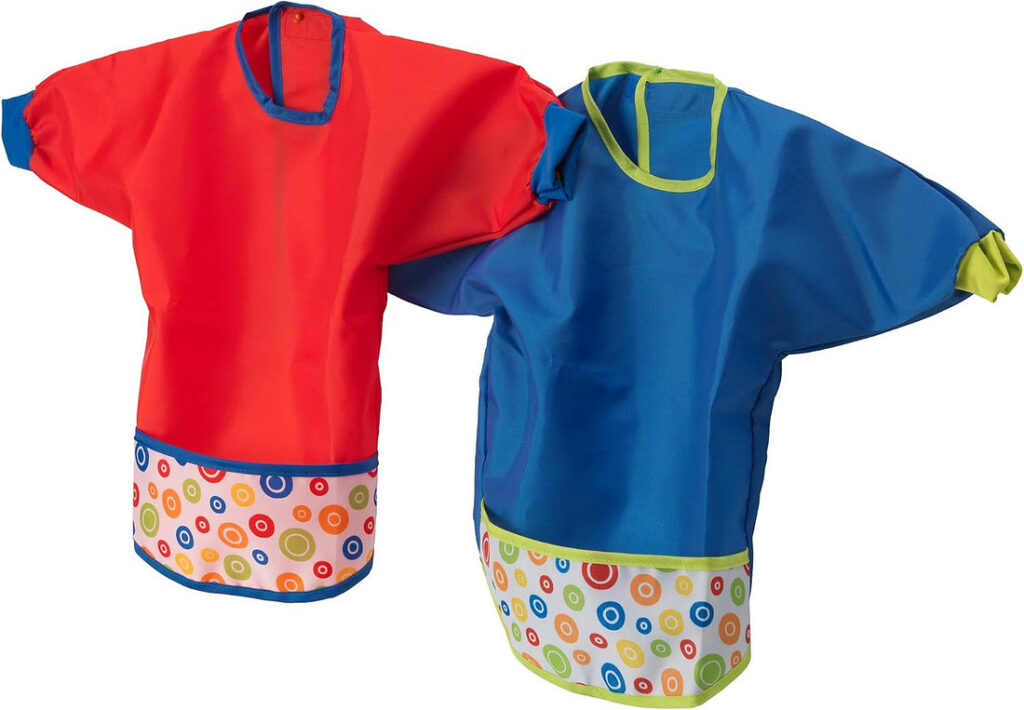
Better bibs
I’ve been using these bibs for over a year, and they are the best of the dozens I’ve had and the only ones I use now. They are cheap; a pack of two costs $5. They go on easily with a sturdy velcro closure on the back. I’ve washed them countless times and they’re still like new. The long sleeves and total coverage keep clothes 100% clean.
They are water repellant and even have a flap on the bottom to catch stray food and liquids. They can be wiped clean of small messes with a wet sponge and be ready for reuse right away. For big messes they can be taken off inside out to contain the spill. I always keep some in my bag and find them to be one of the things I can’t go without.— Maria Piccolo

Infant food catcher
The humble bib, a highly functional item that (usually) keeps a baby’s clothes from getting splattered with food, has been around a long time without too many major improvements. Until now. Bibs made of non-porous, moldable, resilient silicone are a real step forward. The key features of the one we have from BabyBjörn are its shape and washability. The bib projects outward and terminates in an upward scoop, which not only covers more of the lap, but also catches and collects most dropped food that would miss an ordinary bib. So food that falls in it needn’t be wasted; it’s easy to spoon food out of it and back into the baby’s mouth. We used to have several cloth bibs in regular use, which we rinsed out after each use and hung to dry. We had one oilcloth bib that was better than the others in that it rinses off fairly easily and dries quickly. But the silicone bib has replaced them all, because it rinses off with supreme ease, has no seams to catch crud, and is dry almost immediately. Although a quick rinse is sufficient, clean freaks can also put it in the dishwasher. It attaches around the baby’s neck easily and securely, with a fastener integral to the bib, of the same material. There’s an ocean of cuteness in the world of baby gear, but dealing with an infant or a toddler is made more manageable by functionality, not gear decorated with adorable pink butterflies. This bib really makes life easier. — Michael Wilmeth
12/8/2507 December 2025
More Gifts
Recomendo - issue #491
Personalized rolling pin
Inexpensive laser engraving can produce personalized rolling pins which make great gifts. A pattern is etched into the wood so that it stamps the pattern on the dough before baking. Today on Etsy, you can get many folk patterns etched into rolling pins. Several years ago we got our daughter a rolling pin personalized with her name: it says “Homemade by Kaileen”. The roller is made in Poland and the crafts family is still going on Etsy. — KK
The ultimate free pass
Here’s a free gift to give yourself and your friends: a library card. Beyond books, it can give you free access to museums, zoos, gardens, events, streaming services, and more. This guide provides a state-by-state breakdown of what your library card gets you — from free NYC Culture Pass access to the Met and MoMA to vehicle passes for state parks to performing arts tickets. — MF
Rubber stamp art
Rubber stamps are fun for kids and adults. We make thank-you cards, holiday notes, border art, and mail art with small rubber stamps and colored ink pads. My favorite set of stamps is Stamp Bugs ($26), part of a series which includes Stamp Garden and Jingle Stamps. There are 25 wooden backed stamps holding parts of an insect like legs or antenna or wings, which you combine in infinite ways to make bugs, creatures, robots, or anything at all. The other sets give you additional parts and options, and any of them are perfect gifts. (The sets come without ink pads.) — KK
Quiet, Affordable Rock Tumbler
I bought this National Geographic Platinum Series Ultra Quiet Rock Polisher Kit as a gift for my husband last Christmas, but it ended up becoming a gift to myself. Over the past year, I took up rock hounding, and this kit included everything I needed to start my new hobby of rock tumbling. It’s one of the more affordable and genuinely “quiet” tumblers available for beginners. We keep it in the laundry room, and it’s quieter than our washer and dryer—which is ideal, since getting through a load of rocks requires the machine to run for a month straight. — CD
Laundry anywhere in minutes
The Scrubba Wash Bag is a 5.3-ounce hand-powered washing machine. Add water, soap, and a few items of clothing to the waterproof bag, seal it, and start rubbing. Rubber nodules inside the bag gently scrub the clothes. It folds to pocket size. Not as thorough as an actual washing machine, but better than hand-washing in a hotel sink. — MF
Deep-cleansing Facial Brush
For a thoughtful self-care gift, I recommend the FOREO LUNA 4 go Face Cleansing Brush & Firming Massager. I use mine daily. Its one-minute cleanse deeply exfoliates and softens my skin, and the gentle vibrations help me relax and feel refreshed, especially in the mornings. It’s smaller than the palm of my hand, and one charge lasts up to 300 uses—so it travels everywhere with me. Right now, it’s on sale on Amazon. — CD
Sign up here to get Recomendo a week early in your inbox.
12/7/2504 December 2025
Free Ski Passes/Free Japan Flights/Posture-fixing Shirt
Nomadico issue #182
Special Announcement: This Friday, any paid subscriber of Nomadico can join me and the legendary Kevin Kelly on a video call at 2:00 p.m. Eastern, 11 a.m. Pacific. If you’re not a paid supporter now, sign up before noon tomorrow and you’ll get an e-mail with the Zoom link.
Free Ski Passes From Alaska Airlines
Sometimes I see a news item and am shocked that it has never crossed my radar before. The latest is that if you fly on Alaska Airlines, some ski resorts will give you a free lift ticket. You have to click one by one on the listings on the airline’s page to figure out who’s in, plus it’s only good the day you arrive. Still, here are some enticing examples: Alyeska near Anchorage, Bogus Basin and Schweitzer in Idaho, and Steamboat Springs, CO (night skiing session). At a minimum, you’ll get rental equipment upgrades at the others listed and the airline says the list will expand as the weather gets colder and more places open.
A Shirt That Fixes Your Posture?
I get all kinds of wacky product pitches I ignore but when someone from Forme got in touch saying their golf shirt would improve my posture—received while I was hunched over my laptop reading 100 e-mails—I was intrigued. I’ve worn it around a bunch now, including on two travel trips, and it really does work. This polo shirt is constructed in a way that it pulls back on your shoulders, kind of like those strap devices you can buy but it’s fabric and built in. They also make sports bras and T-shirts. See more (and they’ve got a 20% sale going on this week) at Forme.science.
Free Domestic Flights in Japan (From Europe)
This offer has more than a few strings attached, but if you can get to the finish line, there’s a way to get free domestic flights within Japan this winter if you fly there from Europe on All Nippon Airways (ANA). The flight must originate in Europe and must be in economy, headed to Tokyo first, where you can stay for 24 hours max before taking off to a smaller city. These can be open-jaw tickets, meaning you could fly to one city, take a train, then return to Tokyo via another. If you manage to make this happen, let me know how you navigated it on their website!
Epic and Ikon Head to Europe
Sorry non-skiers, but another one about snow this week because it’s big news. The annual multi-resort Epic Pass and Ikon Pass are both cashing in on Americans waking up to the fact that it’s a much better value to ski in Europe than the USA and have added a bunch of resorts in the Alps. So if you have one of those passes, you’re not restricted to North America anymore. The Epic Pass now includes 34 resorts in Europe, with 6 new ones this year. The Ikon Pass has 23 in the Alps. They also have 11 and 9 in Asia, respectively, as well—mostly in Japan. If you’re ready to buy a pass to become an international flashpacker ski bum, see the details here. (And a quick reminder on the subject: this is the last week to join my trip to the mountains of Slovakia in late February.)
A weekly newsletter with four quick bites, edited by Tim Leffel, author of A Better Life for Half the Price and The World’s Cheapest Destinations. See past editions here, where your like-minded friends can subscribe and join you.
12/4/2503 December 2025
What’s in my NOW? — Bob Oken
issue #233
I am a technical field representative in the media data industry. I have tons of varied interests and generally prefer being in the outdoors. Stay active and stay curious. —Bob Oken
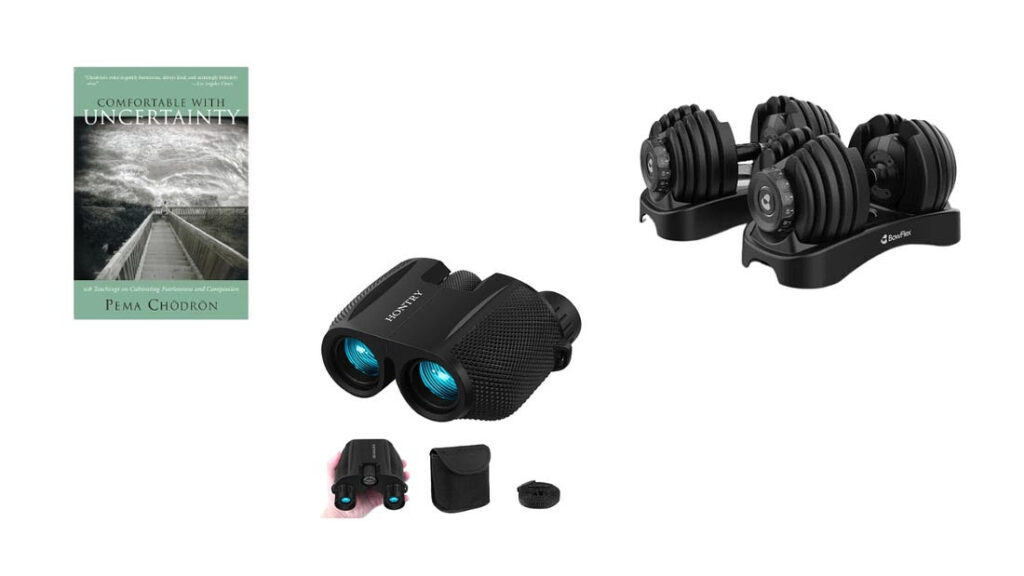
PHYSICAL
- Comfortable with Uncertainty by Pema Chodron – I treat this book as a daily devotional. I’m not a religious person but the act of reading one page per day and meditating on it is powerful and scratches my spiritual itch. Pema Chodron has written many books on meditation and mindfulness. Her writing is down to earth, conversational, and never ceases to make me think deeply.
- Mini Binoculars – I have two windows in my home office and I love to sit at my desk and use these mini binoculars to observe nature in my yard. You can certainly spend a lot more money on fancy binocs but these are inexpensive and do the job well.
- Bowflex 552 Adjustable Dumbbells – Staying fit and strength training have become big parts of my life as I have advanced into middle age. These dumbbells are easy to use, save a ton of space over traditional dumbbell sets and are well made. I’ve had them for years, use them 4 times weekly and they just keep on going.
DIGITAL
- Internet Archive – From their website, “Internet Archive is a non-profit library of millions of free texts, movies, software, music, websites, and more”. You can spend hours here discovering live music, old books, videos, you name it. And it’s all free. Kind of what we all wanted from the internet when it began.
- Perplexity Comet Browser – This is not just a browser, it’s also an AI assistant. It can do anything that Chrome, Edge or Safari can do but can also book a trip (including finding flights, hotels, etc.), browse your emails for specific information or give you recipe ideas for tonights dinner and order the ingredients for pick up from Wal Mart, etc. Perplexity is a great AI app and the integration to web browser/Ai Assistant just seems natural. It’s very new so it will only get better from here.
INVISIBLE
A lot of people prefer the comfort of a crowd to the responsibility of independent thought. — Shane Parrish
This quote is so appropriate to todays on line world. Shane Parrish is one of the most cogent thinkers around. His Sunday newsletter, Brain Food, bills itself to be a “signal in a world full of noise”. It truly is just that. There’s not a week that goes by where I don’t gain some insight from his critical thinking. He also has several great books and a fantastic podcast.
Sign up here to get What’s in my NOW? a week early in your inbox.
12/3/2502 December 2025
How to Pack for Any Trip / Infuse: Oil, Spirit, Water
Issue No. 94
HOW TO PACK FOR ANY TRIP IS LIKE A MARIE KONDO BOOK FOR TRAVELERS
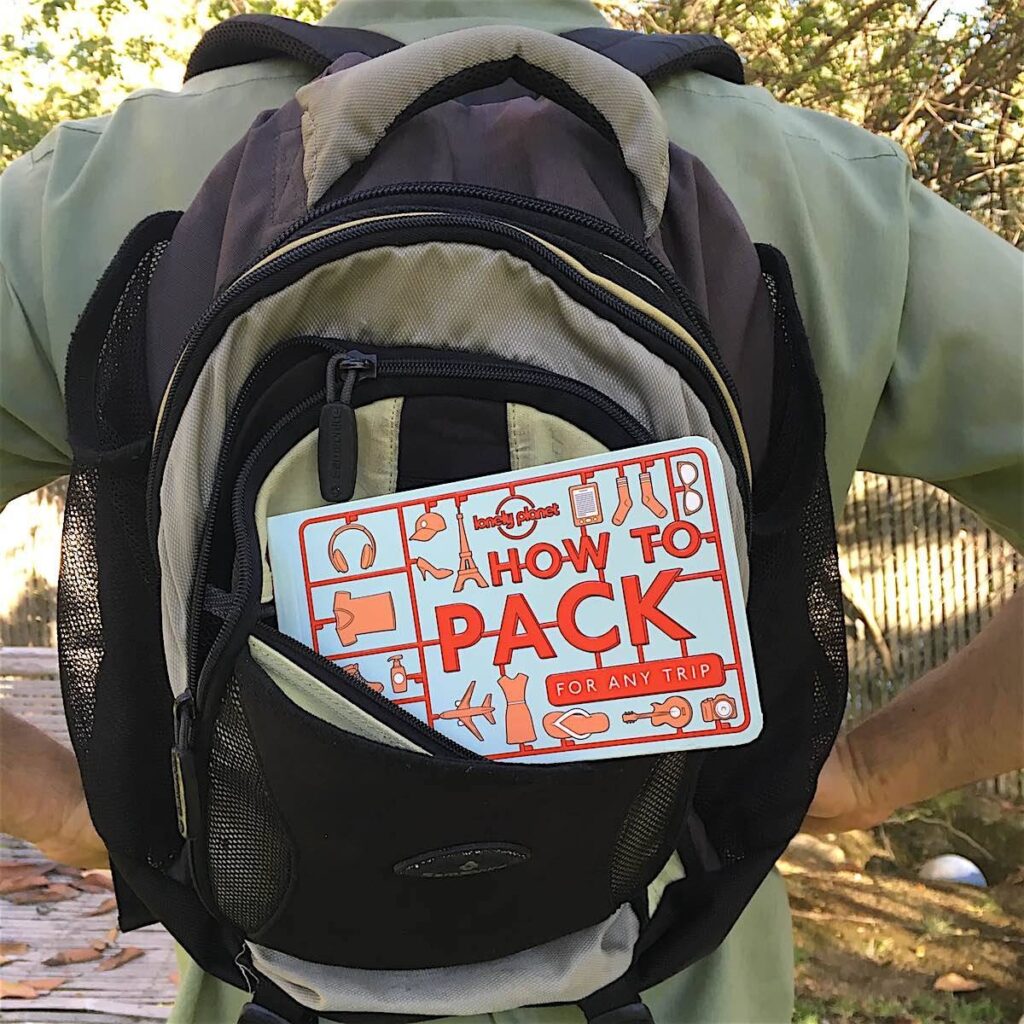
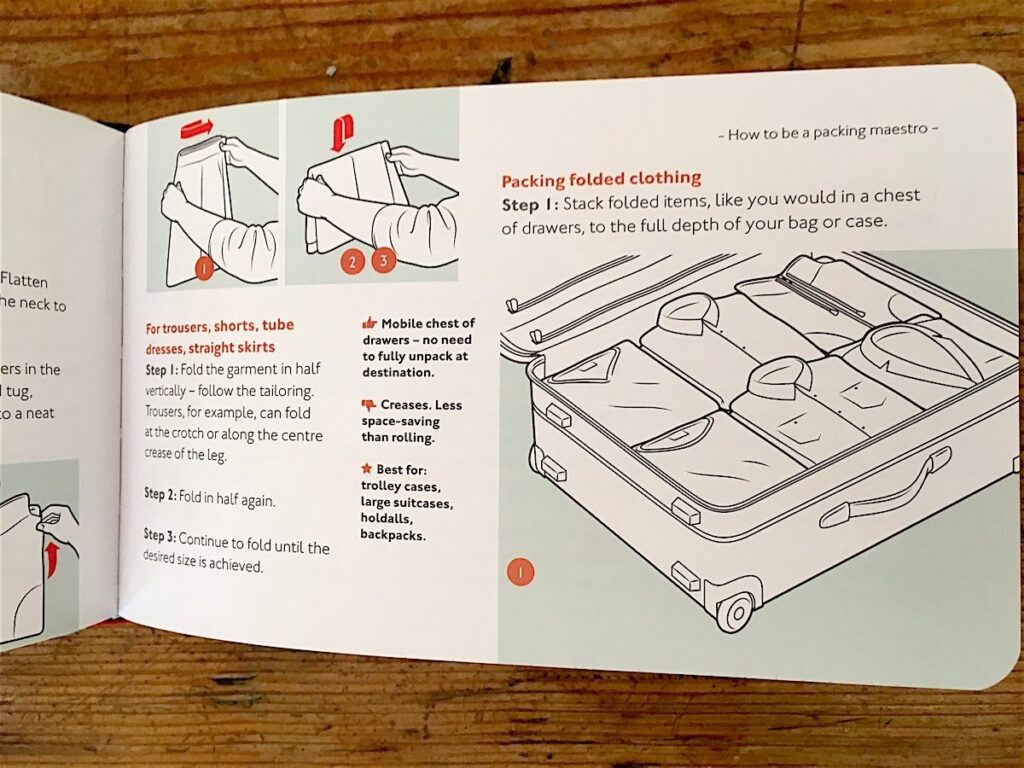

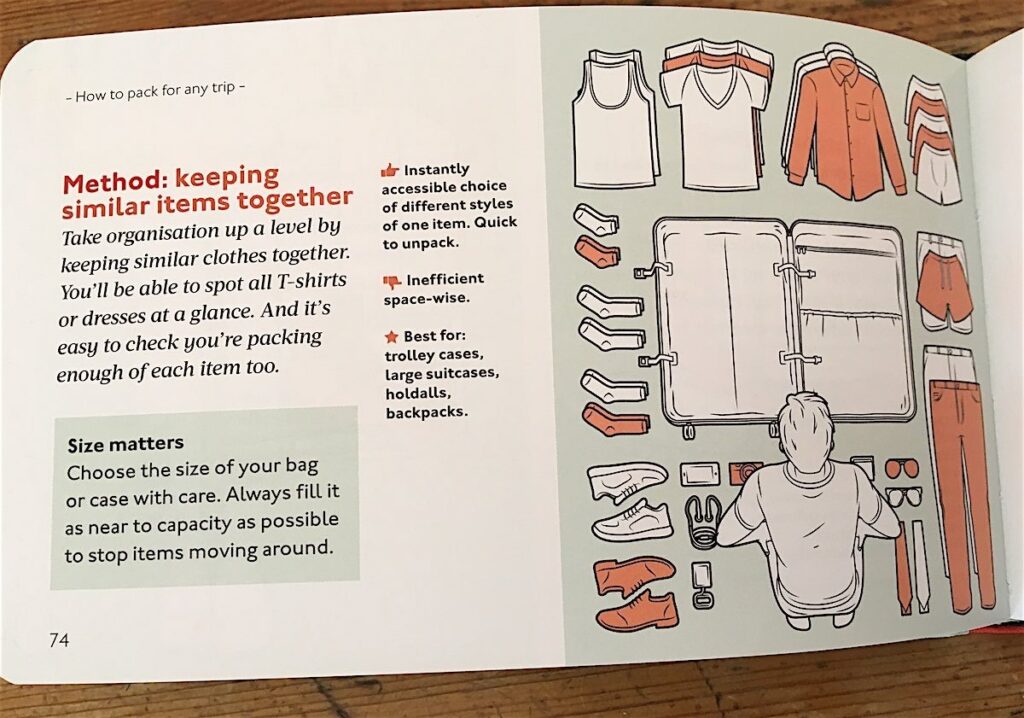
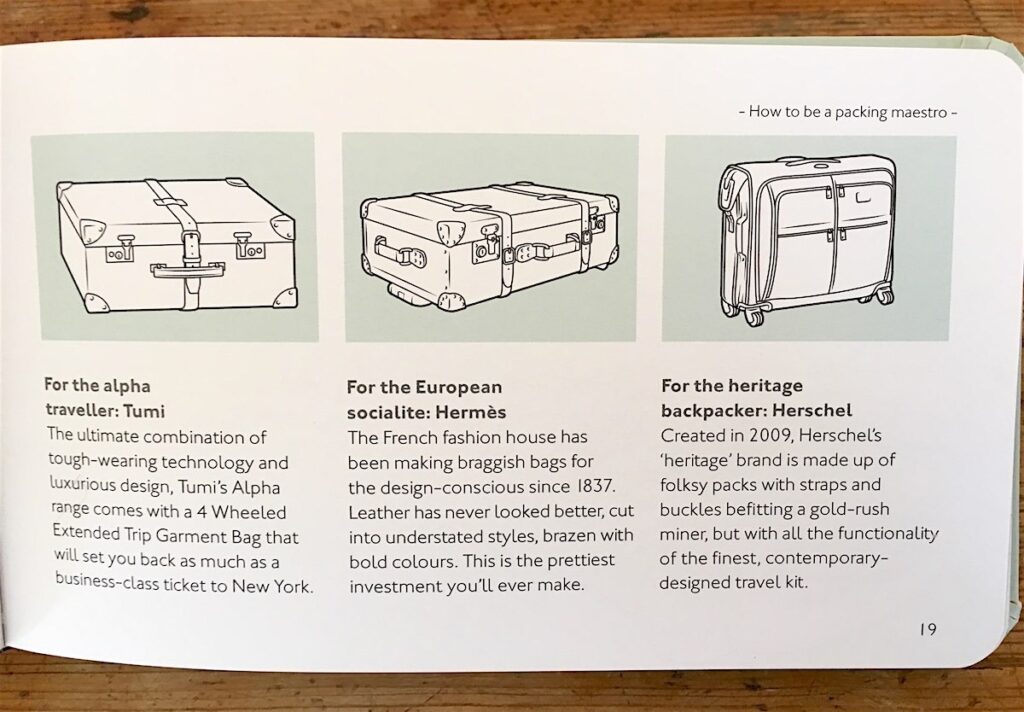

How to Pack for Any Trip
Lonely Planet
2016, 160 pages, 7 x 4.7 x 0.5 inches (softcover)
I’ve bought many a travel guidebooks from Lonely Planet before jumping on a plane, but this is the first I’ve seen from the adventure publisher that guides you before you leave the house. Reminding me of Marie Kondo and her magical ways of tidying up, How to Pack for Any Trip helps the traveler learn to pack efficiently and clutter-free. (The packing section even says, Kondo-style, that “the liberation of decluttering is magical.”)
With modern clean graphics, this pocket-size book (about the size of my wallet) teaches us how to choose our luggage, decide what to bring, pack lightly, fold – or roll up – our clothes, organize a backpack, and how to pack with kids. It also has a section on how to pack for different landscapes, such as large cities, the snow, campsites, beaches, the mountains, jungles, and deserts. Fun, useful, and just released last week, this book is a no-brainer for anyone planning to pack for a weekend trip or a month-long adventure. – Carla Sinclair
INFUSE: OIL, SPIRIT, WATER DEMYSTIFIES THE ART OF INFUSING


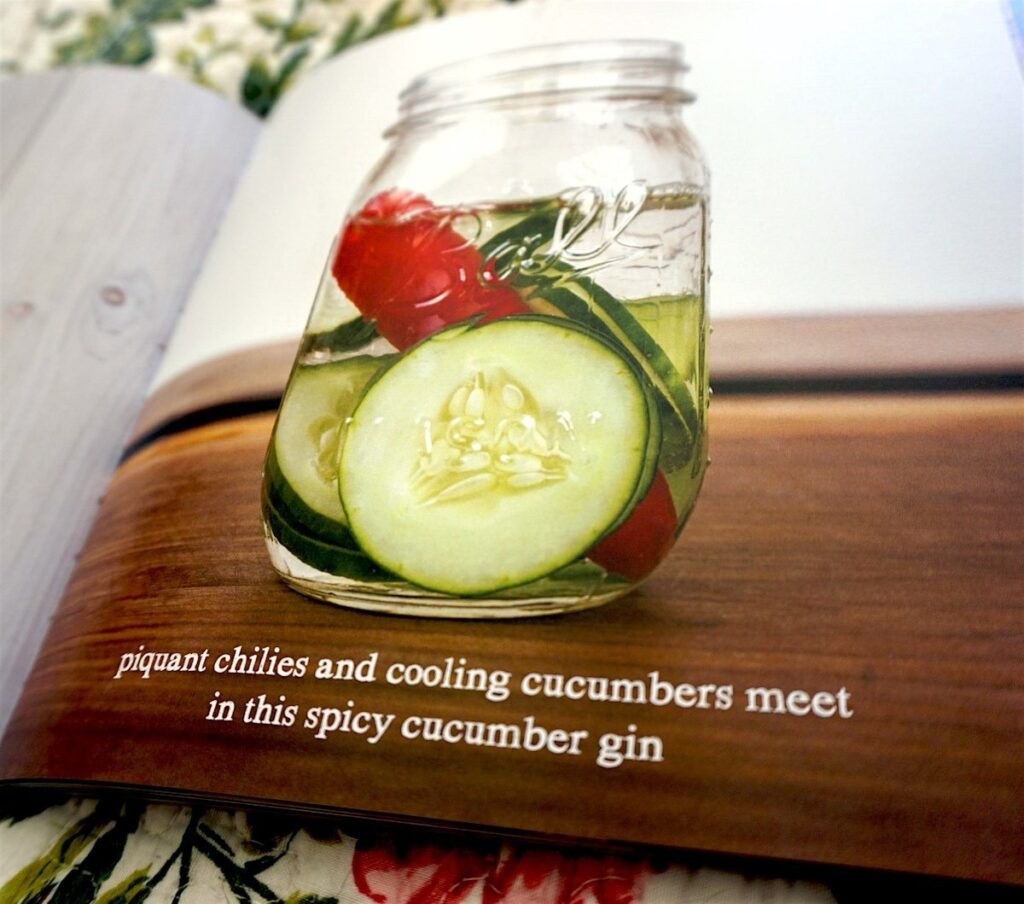

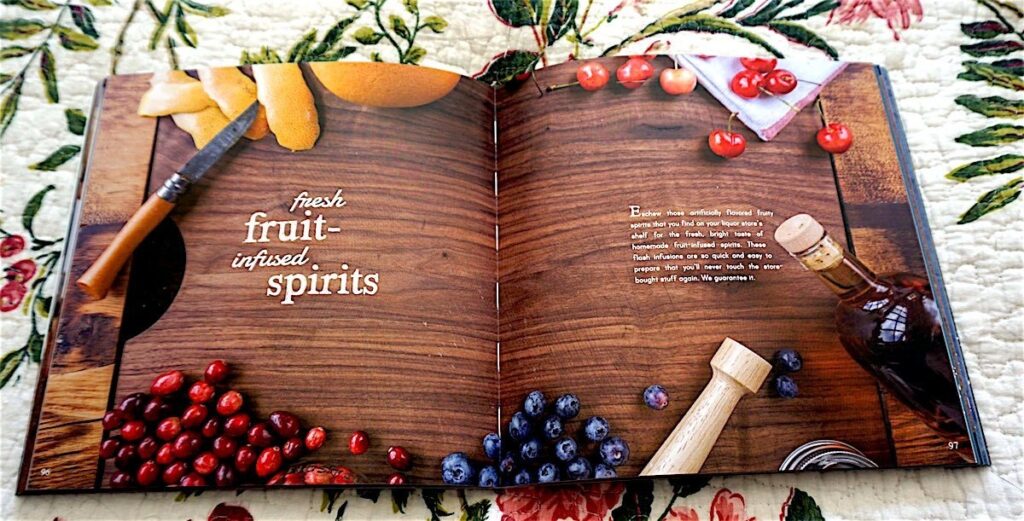


Infuse: Oil, Spirit, Water
by Eric Prum and Josh Williams
Clarkson Potter
2015, 176 pages, 8.5 x 8.6 x 0.6 inches (softcover)
To infuse a liquid is to place a flavoring agent such as herbs in it until it takes on the flavor of the agent. In Infuse: Oil, Spirit, Water, authors Prum and Williams demystify the art of infusing and show us how easy it is to create infusions. Simple prose, simple recipes, clear instructions and gorgeous photographs of the tools, ingredients and finished product will guide beginners in this art and inspire the experienced to experiment.
First make sure you have the tools: a muddler (good excuse to get one, or you can always use a pestle), sieve, cheese cloth and funnel, and of course containers – most any old jam jar will do, but recipes are tuned for mason jars, 8oz (cup), 16oz (pint) and 32oz (quart). Basically tools that most readers will have in their kitchen.
Divided into three sections using different liquids, readers start by learning how easy it is to make vinaigrette salad dressings – four parts oil, one part vinegar – and other infused oils. Prum and Williams also provide a few recipes to use the infused oils. They then move on to spirits and a few cocktail recipes to use them in, and finally to infused waters, which are great flavorful substitutes for sugary sodas and just perfect for warm weather. The book itself is not just beautiful but practical, with the pages actually sewn in so you can open the book and flatten it to the recipe you want. This book will hold up for many years to come. – Carolyn Koh
Books That Belong On Paper first appeared on the web as Wink Books and was edited by Carla Sinclair. Sign up here to get the issues a week early in your inbox.
12/2/25ALL REVIEWS
EDITOR'S FAVORITES
COOL TOOLS SHOW PODCAST
WHAT'S IN MY BAG?
03 December 2025

ABOUT COOL TOOLS
Cool Tools is a web site which recommends the best/cheapest tools available. Tools are defined broadly as anything that can be useful. This includes hand tools, machines, books, software, gadgets, websites, maps, and even ideas. All reviews are positive raves written by real users. We don’t bother with negative reviews because our intent is to only offer the best.
One new tool is posted each weekday. Cool Tools does NOT sell anything. The site provides prices and convenient sources for readers to purchase items.
When Amazon.com is listed as a source (which it often is because of its prices and convenience) Cool Tools receives a fractional fee from Amazon if items are purchased at Amazon on that visit. Cool Tools also earns revenue from Google ads, although we have no foreknowledge nor much control of which ads will appear.
We recently posted a short history of Cool Tools which included current stats as of April 2008. This explains both the genesis of this site, and the tools we use to operate it.





